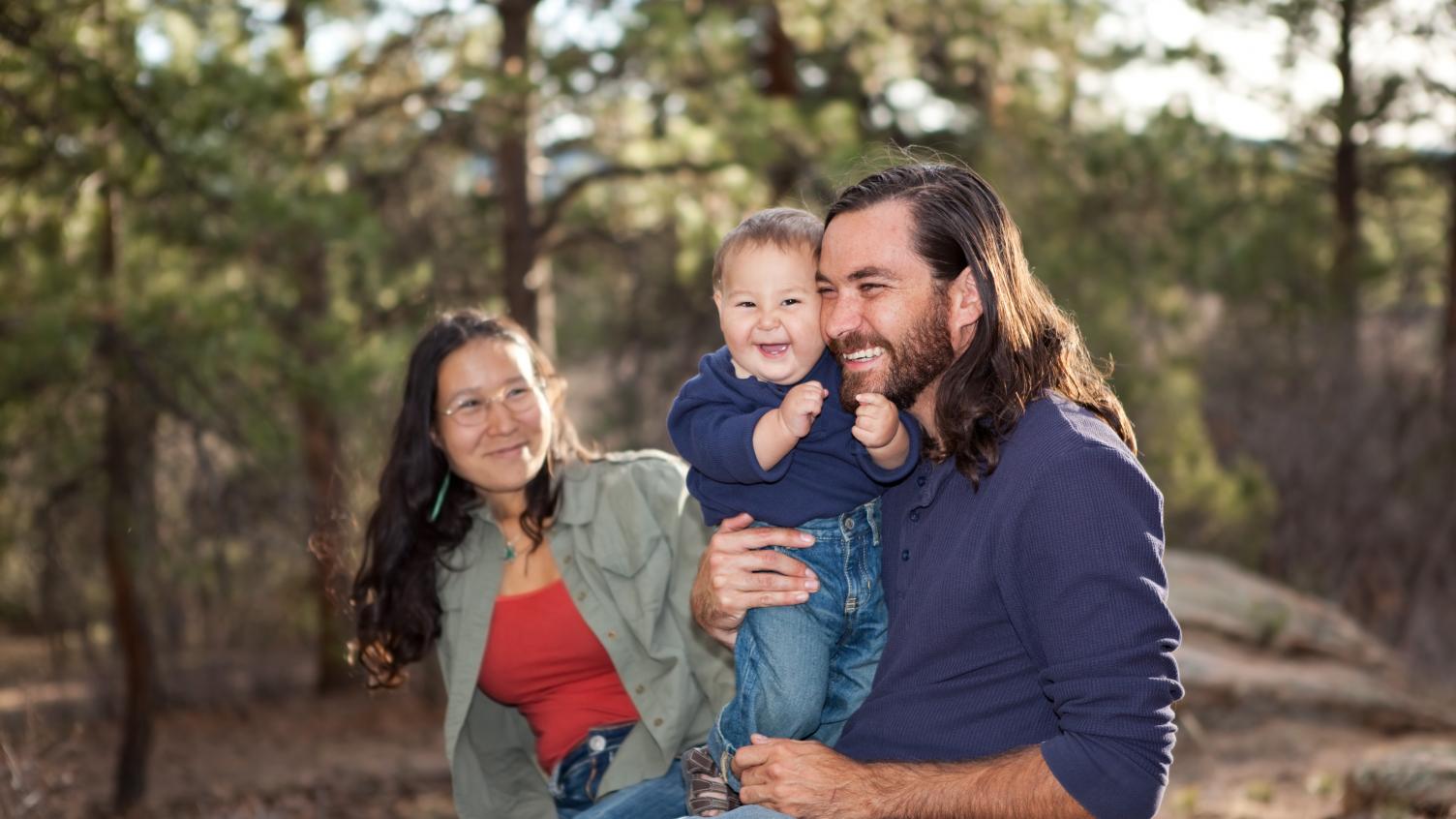In this article, you will learn about FACE, an early education program for Native American or American Indian families to help with children’s academic development in school and at home.
According to the National Center for Education Statistics, early education plays an important role in the academic development of children. Education begins primarily at home, where parents act as a role model and teacher for their children.
What is FACE?
The Family and Child Education (FACE) program began in 1990 to help improve reading skills and as a model for an early childhood/parental involvement program for Native American families. Since its start, FACE has succeeded in addressing achievement gaps for Native American children located on rural reservations, and better preparing them for school.
FACE offers educational services to children through the third grade, as well as adults looking for a general education diploma or career and training placement. Eligible applicants must be Native American and live on a reservation.
Program services mix language and culture in homes and at school. The goals of the FACE program are as follows:
- To support parents and primary caregivers in their role as their child’s first teacher.
- To increase family literacy rates.
- To strengthen family-school-community connections.
- To promote early identification and services to children with special needs.
- To increase parent participation in their child’s learning.
- To support and celebrate unique cultural and linguistic diversity of each Native American community served by the program.
- To promote lifelong learning.
How to apply for FACE
FACE applications are due by May 30 each year. To get started, check out the Bureau of Indian Education for more information. To be eligible for FACE, applicants must be all of the following:
- Native American or American Indian.
- A parent or primary caregiver responsible for children under the age of seven years.
- Live on a reservation.
- You or your family must be enrolled in a Federally recognized American Indian Tribe.
Other Resources
Visit FaceResources.org to learn more about the program, browse resources, and find events. To find more early childhood resources, visit the Children and Family Services category on Benefits.gov. To browse more benefits available for Native Americans, see the American Indian and Alaska Native category. Take the Benefit Finder to check your eligibility for other government benefits.
